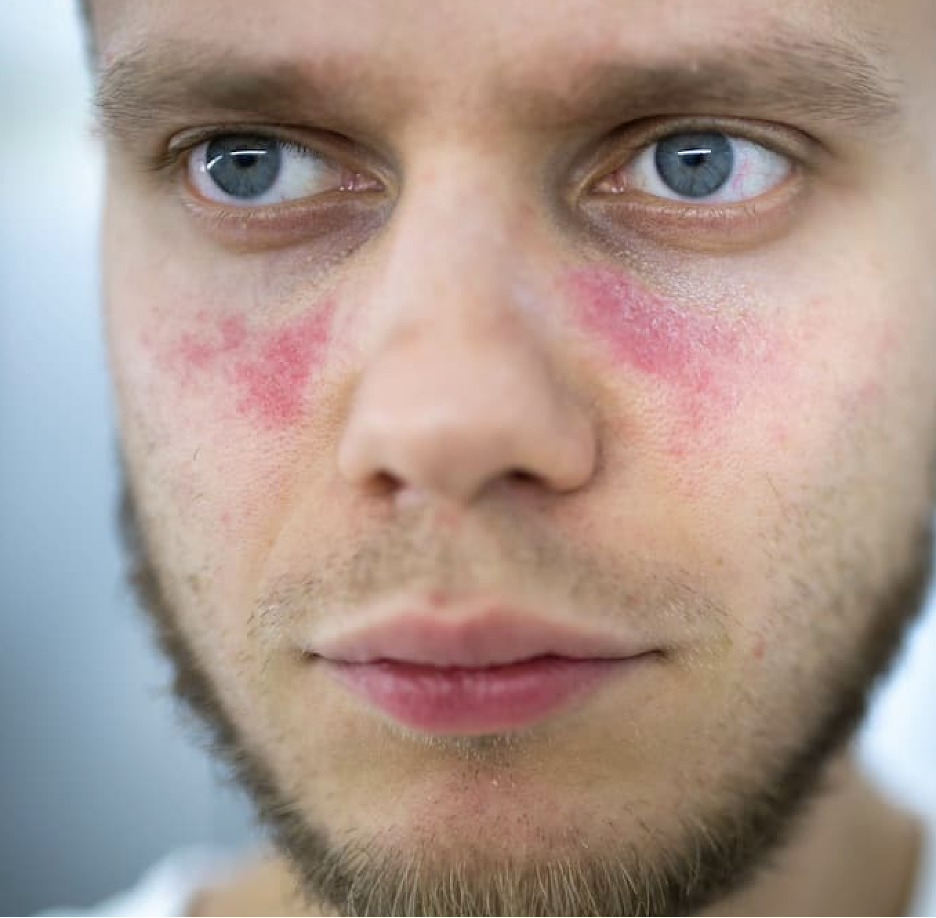Article
Getting a Grip on Dupuytren Disease and Other Hand Conditions
A new treatment for a disabling hand condition-Dupuytren disease, or Dupuytren contracture-can restore a person’s ability to perform everyday tasks, according to Hands: Strategies for Strong, Pain-Free Hands, a new edition of the Special Health Report from Harvard Medical School. The report describes the causes of and treatments for a variety of conditions that can cause hand pain and features information on hand exercises.
A new treatment for a disabling hand condition-Dupuytren disease, or Dupuytren contracture-can restore a person’s ability to perform everyday tasks, according to Hands: Strategies for Strong, Pain-Free Hands, a new edition of the Special Health Report from Harvard Medical School. The report describes the causes of and treatments for a variety of conditions that can cause hand pain and features information on hand exercises.
The section on Dupuytren disease provides a detailed description of the condition, the signs and symptoms (eg, fingers slowly contract and curl toward the palm, nodules in the palm may be painful), and the risk factors (Northern European heritage, male sex, cigarette smoking, epilepsy, and diabetes mellitus). The text points out that the problem may go undetected for years.
A discussion of treatment for Dupuytren disease notes that until recently, patients usually underwent surgery to release their bent fingers; however, the disease had a recurrence rate of up to 65%. Then, in 2010, the FDA approved a nonsurgical treatment, a drug made from the collagenase clostridium histolyticum enzyme, which breaks down the collagen fibers causing the contracture. A physician injects the medication, marketed under the name Xiaflex, directly into the collagen cord in the patient’s hand.
The report references a 2009 study in The New England Journal of Medicine in which patients with contractures of 20° or more in the metacarpophalangeal (MCP) or proximal interphalangeal (PIP) joint of the ring or little finger received injections of Xiaflex or placebo. Close to 85% of joints injected with collagenase showed some improvement, compared with 12% of those injected with placebo. Range of motion improved by an average of 37° with Xiaflex, compared with 4° with placebo. After 2 years, recurrence rates were 14% and 23% for MCP and PIP joints, respectively.
Chapters include “The healthy hand,” “Arthritis of the hand,” “Tendon trouble,” “Exercise for the hand,” “Carpal tunnel syndrome and other ‘pinched’ nerves,” “Traumatic hand and wrist injuries,” and “Getting a grip: Handy gadgets and advice.” A bonus section describes recent advances in artificial joint replacement and the potential for easing the pain and loss of function for patients with severe forms of hand arthritis.
The 42-page Hands: Strategies for Strong, Pain-Free Hands is available for online purchase from Harvard Health Publications, the publishing division of Harvard Medical School, or by telephone at (toll-free) (877) 649-9457. Other Harvard Medical School special reports include Arthritis: Keeping Your Joints Healthy and The Joint Pain Relief Workout: Healing Exercises for Your Shoulders, Hips, Knees, and Ankles.

Real-World Study Confirms Similar Efficacy of Guselkumab and IL-17i for PsA



